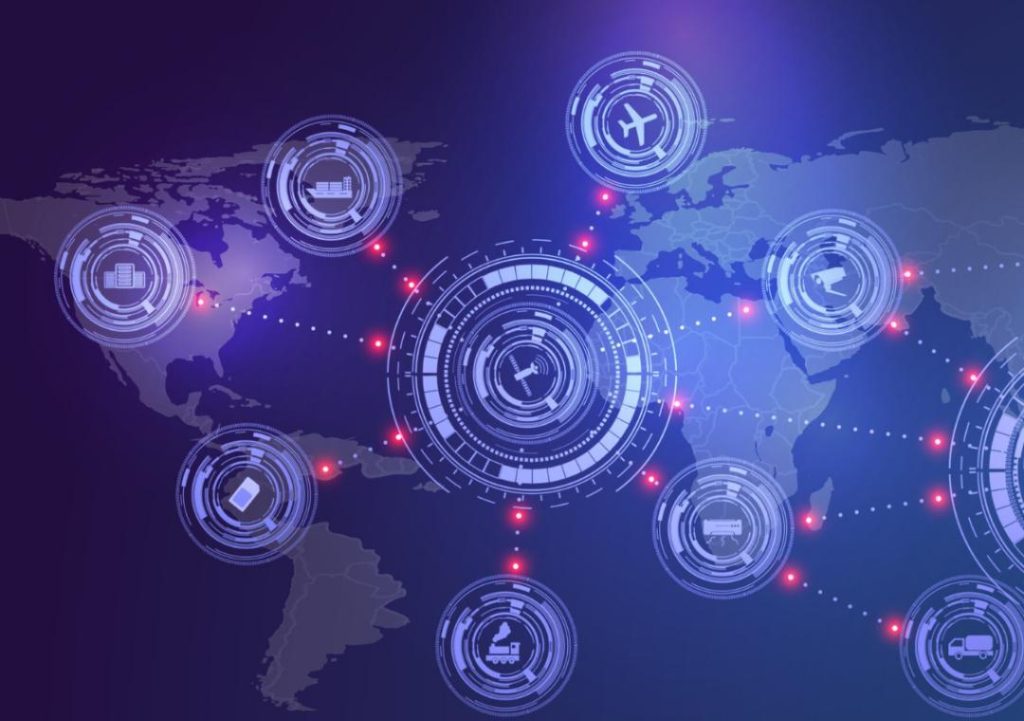
Can AI Reduce Logistics Costs by 30%?
The logistics industry has been a crucial part of the global supply chain for decades. With the rise of e-commerce, the demand for efficient and cost-effective logistics solutions has never been higher. In recent years, Artificial Intelligence (AI) has emerged as a game-changer in the logistics sector, helping companies reduce costs, improve efficiency, and enhance customer satisfaction.
In this blog post, we’ll explore how AI can help reduce logistics costs by 30% or more, and what role it’s already playing in the industry.
Route Optimization: The First Step
Route optimization is one of the most significant areas where AI can make a significant impact in logistics. Traditional logistics systems rely heavily on manual planning and routing, which can lead to inefficiencies, delays, and increased costs. AI-powered route optimization, on the other hand, uses real-time data and machine learning algorithms to plan the most efficient routes for delivery trucks, drivers, and other logistics vehicles.
By optimizing routes, companies can reduce fuel consumption, lower emissions, and decrease the time spent on the road. For example, a study by the International Council on Clean Transportation found that optimized routes can reduce fuel consumption by up to 20%.
Predictive Maintenance: The Key to Reduced Downtime
Predictive maintenance is another area where AI can make a significant impact in logistics. Traditional maintenance schedules often rely on fixed intervals and manual inspections, which can lead to unexpected breakdowns and downtime. AI-powered predictive maintenance, on the other hand, uses real-time data and machine learning algorithms to predict when equipment is likely to fail, allowing for proactive maintenance and reducing downtime.
According to a study by the Aberdeen Group, companies that use predictive maintenance can reduce downtime by up to 50%. In the logistics industry, this can mean reduced delivery times, increased customer satisfaction, and lower costs associated with repairing or replacing equipment.
Real-Time Visibility and Tracking: The Key to Reduced Costs
Real-time visibility and tracking are essential components of modern logistics. Traditional logistics systems often rely on manual tracking and updates, which can lead to delays, miscommunication, and increased costs. AI-powered real-time visibility and tracking, on the other hand, uses real-time data and machine learning algorithms to provide accurate, up-to-the-minute information on shipments, inventory, and logistics operations.
By providing real-time visibility and tracking, companies can reduce the need for manual updates, improve communication with customers and suppliers, and make data-driven decisions to optimize operations. For example, a study by the International Journal of Production Research found that real-time visibility and tracking can reduce inventory levels by up to 20%.
Demand Forecasting: The Key to Reduced Inventory
Demand forecasting is another area where AI can make a significant impact in logistics. Traditional demand forecasting often relies on manual analysis and intuition, which can lead to inaccurate predictions and wasted resources. AI-powered demand forecasting, on the other hand, uses real-time data and machine learning algorithms to predict demand patterns and optimize inventory levels.
By accurately forecasting demand, companies can reduce inventory levels, lower storage costs, and improve supply chain efficiency. For example, a study by the Journal of Business Logistics found that demand forecasting can reduce inventory levels by up to 30%.
Case Studies: FedEx and Delhivery
Two of the biggest names in logistics, FedEx and Delhivery, are already using AI to reduce costs and improve efficiency. According to a report by Growth Jockey, FedEx has saved up to 30% in last-mile operations using machine learning algorithms to optimize routes and reduce fuel consumption. Delhivery, on the other hand, has used AI to reduce delivery times by up to 50% and increase customer satisfaction by up to 20%.
Conclusion
AI is no longer a novelty in the logistics industry – it’s a necessity. By optimizing routes, predicting maintenance, providing real-time visibility and tracking, and forecasting demand, AI can help companies reduce logistics costs by 30% or more. As the industry continues to evolve, we can expect to see even more innovative applications of AI in logistics.
Sources:
- “AI in Logistics: How Machine Learning is Transforming the Industry” by Growth Jockey (https://www.growthjockey.com/blogs/ai-in-logistics)
Note: The article is based on the provided news URL and short description.



